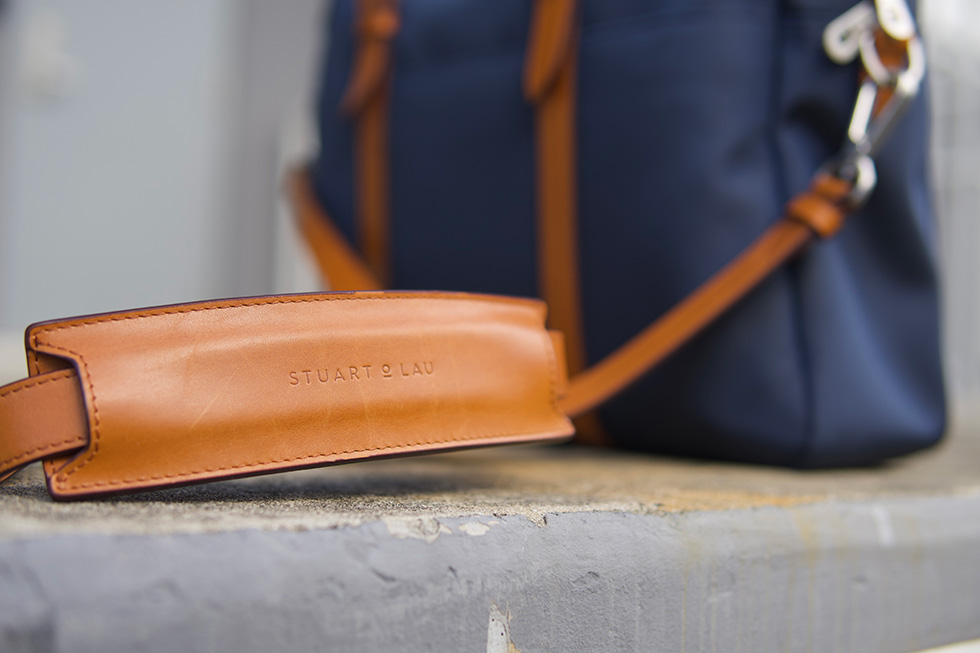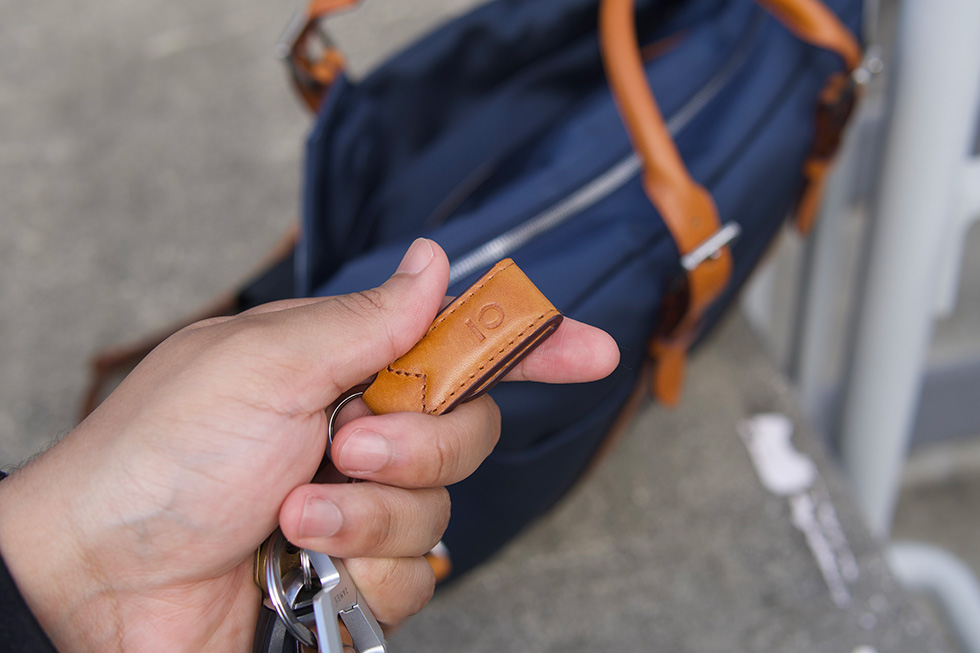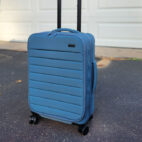
Briefcases

Stuart & Lau’s mission is to create products that support a lifestyle on the move. Inspired by the fast-paced nature of Hong Kong and New York, Matthew Stuart and Jimmy Lau set out to build bags that work as hard as you do. Although briefcases vary wildly in price, the Stuart & Lau Cary Single Briefcase comes in at a very competitive $375 at the time of writing. With its innovative features, luxurious materials, and excellent craftsmanship, the Cary Briefcase manages to stand out in a form factor as tried and true as the briefcase.
Specifications
- Name: The Cary Briefcase, Single
- Brand: Stuart & Lau
- Format: Briefcase
- Measurement: 16.0″ (W) x 12.0″ (H) x 3.9″ (D)
- Capacity:
- Weight: 2.75 lbs
- Zippers: YKK Excella
- Material: DuraLite fabric and full-grain leather
- Price$375
Who It Suits
Professionals in environments ranging from business casual to business formal will find this bag excellent. It can also be dressed down to casual with the right outfits and styles. Think smart casual or preppy. If you’re constantly on the move, then you’ll appreciate the quick-access compartment and the magnetic pocket on the outside.
Who It Doesn’t
If you need a ton of space, either upgrade to the “double” version of this bag which is slightly larger or maybe opt for a backpack. Of course, if your own style and wardrobe don’t match the vibe of this bag, then it’s going to look out of place in use. This probably wouldn’t go well with streetwear, athleisure, etc. However, style is subjective, so be sure to use your own discretion.
Design
The Cary Briefcase has a timeless aesthetic. It’s sophisticated, stylish, and versatile in what it can be worn with. The leather accents complement the bag and add luxury that gets better with age. The navy and tan colorway that I went with looks good with most of my outfits, never looking out of place. One thing I appreciate about the look of the bag is the difference in textures. The soft leather contrasts against the canvas-like fabric, and the metallic luster of the hardware contributes to an overall premium look.
Speaking of materials, this briefcase does not disappoint. The exterior fabric feels like a thick nylon canvas, the leather is full-grain, the hardware is rugged and burly, and the lining is soft to the touch. Every single material choice here is exceptional.
The material choice wouldn’t really matter too much if the bag wasn’t built well. However, Stuart & Lau killed it on the craftsmanship. Clean stitch lines, nice finishing on the edges of the leather, and not one loose thread in sight.
Although the finishing on the edges of the leather looks and feels nice, in use it causes a lot of friction against clothes. It did break in over a few weeks, but it’s still something to think about. It also peels off into tiny little strings on the shoulder strap. I do wish that the pad on the shoulder strap was lined with some sort of fabric instead of just being leather since it’s hard to adjust, especially when it’s on your shoulder.
Another pain point I have with this bag is the laptop sleeve being just barely too small. Although their website doesn’t explicitly say that it will fit a 16″ MacBook Pro, on their website, they do show a laptop that closely resembles it. A 16″ MacBook will fit, but it’s uncomfortably tight and I’m worried that the zippers will scratch my laptop. This is important to mention because the removable laptop sleeve is a pretty integral part of the bag and its organization. If you have a larger laptop that you need to carry for work, then be sure to refer to their provided measurements to make sure it will fit. I know there’ll be some folks who are running with a larger laptop for their jobs, especially if your workflow requires one with a lot of power.
Features
This is such an unexpectedly innovative bag, and there are so many useful, non-gimmicky features. The aforementioned detachable laptop sleeve, although being slightly too small for a 16″, is seriously awesome. It’s got some organization that seamlessly works whether it’s in the bag or out, a nice carry handle, water-resistant zips, nice padding, and a microfiber lining. It’s easy to put in, and easy to take out. I really like being able to take out the whole sleeve and put it on my desk.
There are some straps on the front that you can slip an umbrella through that don’t look out of place when not in use. This is an awesome feature, and it makes it super easy to access your umbrella, newspaper, or jacket while saving space on the inside of your bag.
I also love how everything is included, from the tote bag, to the shoulder strap, to the luggage tag. It makes the product feel complete.
I personally think that when done well, magnets can really add to the experience of a bag. On this briefcase, there’s a sleeve on the outside with a magnetic closure. I use this to store my keys, the tote bag, and papers that I just need to put away quickly. Some other features include a zippered quick-access pocket, a magnetic key ring, and a luggage passthrough.
Performance
In use, this bag has great access if you’re on the move or if you’re seated at your desk. I love how the organization is considered and useful, and the quick access coupled with the magnetic pocket on the outside makes it easy to grab certain items on the go.
The strap isn’t the most comfortable on the shoulder as it does dig into your skin a bit. It’s not unbearable, but it is worth mentioning. If you’re just holding the bag by its handles, then it feels nice and luxurious. They’re stiff, but not rough on the hands. Trust me when I say that the handles are delightful.
Their proprietary fabric feels sturdy and durable and has handled rainy weather quite well. While the zippers on the bag aren’t water-sealed, the ones on the laptop compartment are, so I feel okay with walking in the rain as long as I have an umbrella to at least cover part of the bag.
The Good
· Stylish
· Luxurious materials and hardware
· Great craftsmanship
· Innovative and feature-packed
· Well-thought-out organization
· Easy access
· Decent water resistance
The Not So Good
· Laptop sleeve is a little tight
· Edge finishing on the leather peels a bit
· Shoulder pad on strap is hard to adjust and a bit uncomfortable
Verdict
The briefcase is a format that has stood the test of time. Stuart & Lau managed to take a classic style and elevate it through innovative features that are genuinely useful. These great features coupled with the premium-feeling materials create a bag that is a pleasure to use day in and day out.





 Carry Awards
Carry Awards Insights
Insights Liking
Liking Projects
Projects Interviews
Interviews






















